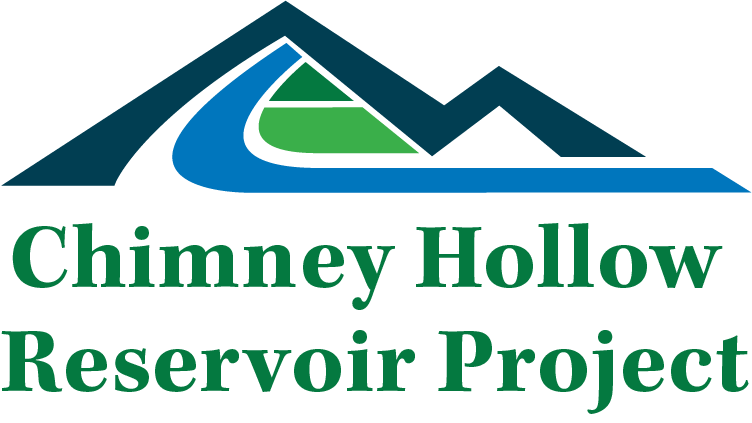To make the geology water-tight between the inlet/outlet tunnel and grout curtain, crews conducted grouting operations from inside the tunnel between April 1 and May 7. As part of that effort, crews injected grout into 70 holes, each 2-3 inches in diameter, inside and near the center ring of the tunnel where it crosses under the main dam center line.
Grout was injected 10-30 feet into the tunnel’s walls, with follow-up water tests indicating that operations were successful in sealing up the surrounding rock.
The inlet/outlet tunnel’s recent grouting completion marks yet another 2024 milestone for that critical element of the project. Perhaps the biggest milestone took place back in March, when construction crews, nearly two years after tunneling had started at opposite ends, met in the middle.
The next steps for the inlet/outlet tunnel include installation of a 72-inch steel conduit through the 1,250-foot upstream portion of the tunnel, and reinforced-concrete lining in the 716-foot downstream portion of the tunnel. The inlet/outlet tunnel is expected to be finished in late 2024.

.jpg?width=1920&height=1080&ext=.jpg)